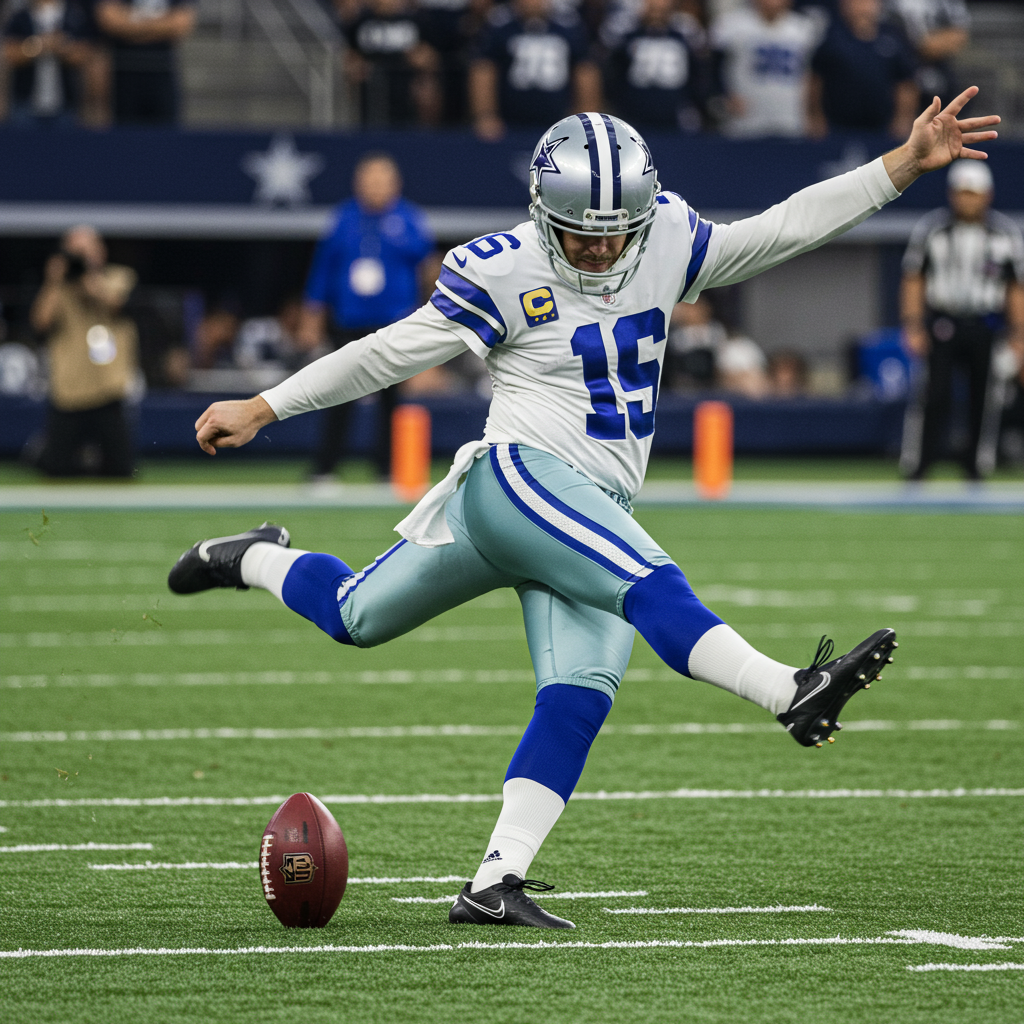Jrue Holiday Trade: Celtics-Blazers Deal Graded – Who Won?
A significant move shook the NBA landscape as the Boston Celtics traded guard Jrue Holiday to the Portland Trail Blazers. This blockbuster deal, sending the veteran point guard to the Pacific Northwest in exchange for scoring guard Anfernee Simons and two future second-round draft picks, has ignited debate and prompted analysts to weigh in with their trade grades. But did the Celtics or the Blazers come out ahead in this surprising swap?
The Trade Details
In the core of the transaction, the Boston Celtics sent two-time NBA champion guard Jrue Holiday to the Portland Trail Blazers. In return, the Celtics acquired guard Anfernee Simons and two second-round draft selections. The trade occurred amidst a pivotal offseason for both franchises, albeit for vastly different reasons.
Boston Celtics’ Perspective: A Necessary Reset?
For the Boston Celtics, trading away a key piece like Jrue Holiday, especially fresh off a championship run, seemed counterintuitive on the surface. However, several factors drove this decision:
Jayson Tatum’s Injury: The timing of the trade followed the unfortunate news of Jayson Tatum’s torn Achilles tendon, an injury expected to sideline the superstar for most, if not all, of the upcoming season. This created an immediate need for offensive firepower.
Luxury Tax and Financial Flexibility: Perhaps the most significant driver was financial. Holiday’s substantial contract, exceeding $66 million over the next two years with a large player option in 2027-28, presented a major challenge for the Celtics, who were facing the NBA’s stringent second-apron luxury tax penalties. Moving his salary was seen as essential for maneuvering under the cap and gaining financial flexibility, potentially saving the team over $110 million in salary and luxury tax over the next two seasons according to some estimates.
Acquiring Anfernee Simons: In Anfernee Simons, the Celtics acquired a dynamic, younger scorer (nearly 10 years Holiday’s junior). Simons is recognized as a high-volume shooter and capable scorer, with a career 3-point percentage around 38%, fitting well with Boston’s offense that prioritizes outside shooting. While his defense is considered a significant downgrade from Holiday’s elite level, his ability to create his own shot and score could help mitigate the scoring void left by Tatum. Simons is also on an expiring contract, providing Boston further financial flexibility after the season to either extend him or free up cap space. The two second-round picks provide additional future assets.
Given these factors, the trade is largely viewed as a necessary, calculated move for Boston. Analysts have assigned the Celtics grades ranging from B+ to an emphatic A+, reflecting the significant financial relief and the acquisition of a talented, albeit defensively limited, scorer on a favorable contract situation, especially in the context of Tatum’s injury.
Portland Trail Blazers’ Perspective: Investing in the Future?
From the Portland Trail Blazers’ standpoint, acquiring a 35-year-old guard on a large, multi-year contract might seem odd for a team firmly in a rebuilding phase. However, there are potential rationales:
Moving Anfernee Simons: Speculation suggests the Blazers may not have seen Simons as a long-term piece, or perhaps perceived his trade value before his expiring contract decreased. Moving him proactively allowed them to acquire assets while addressing a crowded backcourt.
Clearing the Backcourt Logjam: The Blazers are heavily invested in the development of young guards like Scoot Henderson and Shaedon Sharpe. Trading Simons significantly clears minutes and opportunities, allowing for a fairer evaluation and faster growth for their presumed backcourt of the future.
Veteran Mentorship: Jrue Holiday, despite his age, brings invaluable experience as a two-time champion and respected veteran. His presence could serve as a mentor for the young Blazers core, particularly Scoot Henderson, teaching them winning habits and defensive principles.
Acquiring Draft Capital: While giving up Simons, Portland’s primary gain was receiving two second-round picks. Acquiring draft assets aligns directly with their long-term rebuild strategy.
However, the move for Portland has also drawn questions and skepticism. Giving up Simons and two second-round picks for an aging, expensive, and recently injury-prone player (Holiday missed 63 games over the prior four seasons) is seen by some as a puzzling move. While Holiday’s veteran presence is a plus, the size and length of his contract are significant risks for a rebuilding team. Some analysts have expressed confusion over the return for Simons, suggesting the Blazers could have potentially received more or avoided giving up picks themselves.
Consequently, the trade grades for the Blazers have generally been lower and more varied than for the Celtics, ranging from B- to C. The success of this trade for Portland hinges heavily on Holiday’s ability to provide impactful mentorship and the value derived from the two second-round picks, arguably more than his on-court performance at this stage of his career.
Who Won the Trade?
Determining a definitive “winner” in the Jrue Holiday trade depends heavily on the criteria used and the future outcomes.
Financially and Flexibly: The Boston Celtics are widely seen as the winners, achieving crucial salary relief, ducking the second apron, and acquiring a talented scorer on an expiring deal that offers flexibility.
- Rebuild Strategy: For the Portland Trail Blazers, the trade is a riskier proposition. It accelerates clearing the path for their young guards but at the cost of Simons and draft capital for an aging, expensive veteran whose primary value might be off-court mentoring. Whether they “won” depends on the development of Henderson and Sharpe, the value of the picks, and Holiday’s impact as a mentor.
- ftw.usatoday.com
- www.nytimes.com
- fansided.com
- hoopshabit.com
- www.sportingnews.com
Overall, different analyses present contrasting views. Some grade it as an overwhelming win for Boston and a questionable move for Portland, while others see it as a pragmatic, albeit unexciting, step for both franchises given their respective circumstances – Boston navigating injury and financial constraints, Portland committing to its youth movement.
Only time will truly tell who ultimately benefited more from this significant NBA transaction.



